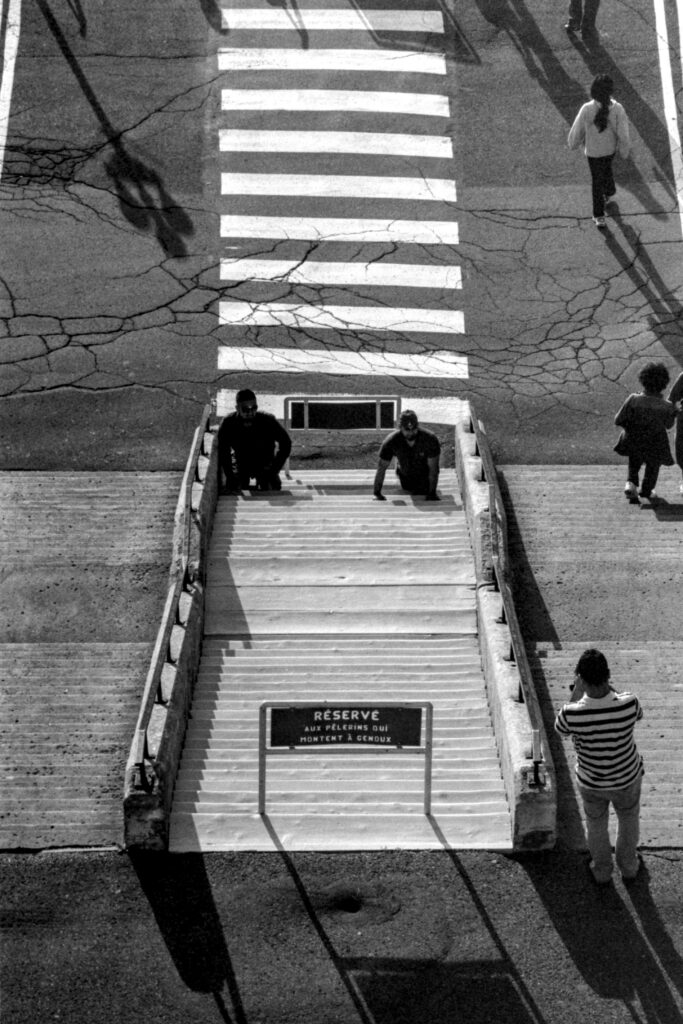As Kosmo Photo reports that the main designer left Pentax, people are questioning the Pentax 17 future, or more realistically future Pentax film cameras.
Ricoh Imaging has said the Pentax Film Project – which led to the release of the Pentax 17 last summer – is now on hold while it investigates whether there is demand for further new film models.
If the main person behind the Pentax 17, driving the effort of film camera design, left Pentax, is there a possible future for further film cameras?
In the run-up to its release, Ricoh Imaging had said that it was investigating a raft of camera releases that could include a film SLR in due course.
I’m still not convinced that the Pentax 17 is for me. I would love to give it a try, but if I don’t enjoy shooting it, what’s the point? What I feel I might not like with the Pentax 17 is both the scale focusing and the lack of control on the exposure in general. On the other hand what I do like as a differentiator is the half frame vertical aspect ratio (but not its marketing). I do understand the constraints in the design and Pentax commitment, and this is why I hoped that they would develop further film cameras.
My ideal film camera design might be a difficult one in the current market. If it’s a reflex, a choice of mount might need to prevail to have an interchangeable lens camera. If not a reflex, it probably would have to be a fixed lens and have to be a rangefinder; otherwise a coupled rangefinder might mean Leica M mount, which mean relatively expensive glass. It’s one thing to build a camera, it’s another to build a lens system, or rely on out of production lenses. Right now film photography is on borrowed time.
Previously: Pentax 17, Reflex, a new 35mm film camera design

